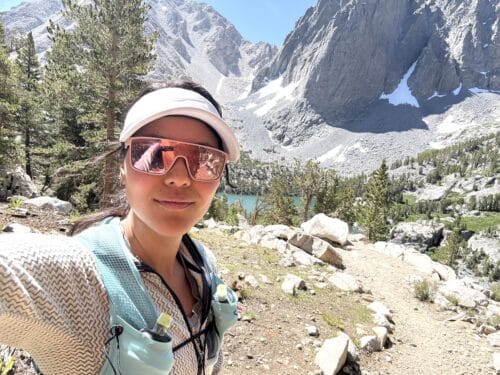Main Menu
Homepage / Coaches Corner / Why a Bony Issue Isn’t Just a Bony Issue
Why a Bony Issue Isn’t Just a Bony Issue

As a dedicated long distance runner since high school, Christina Mather continues to enjoy running both roads and trails and challenging herself at distances from 10K to the marathon and 50K. Christina is also a certified V.O2 Distance & USATF Level 1 Running Coach. In addition to running, she loves spending time with and supporting her husband and 3 kids’ activities and interests.
Share This Article!
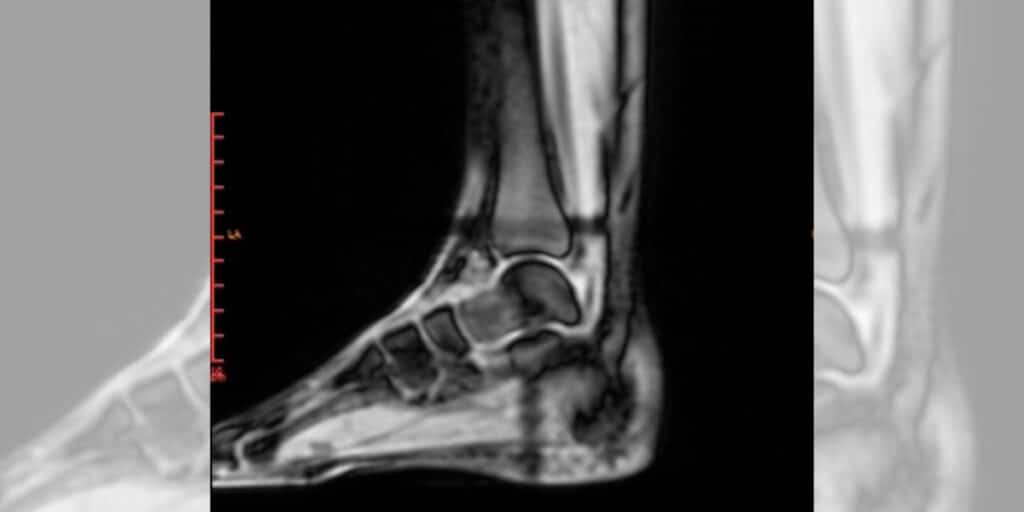

By: Christina Mather
In a February 5, 2025 post on Instagram, Braden Goimarac ( the_run_strong_coach), posts “Lacing up to become the greatest of all time requires you fly close to the sun, so getting burned at some point in your career is inevitable. The best runners in the world, with the best coaches in the world, doing the most scientifically informed training in the world still get injured. Embrace it as a part of the process and move forward.”
Bone injuries are one of the common injuries runners may encounter during training. Bone Stress Injuries have been reported to occur at rates of up to 20% annually in runners1. In addition to the common BSI (stress fractures and stress reactions), runners are also subject to fractures resulting from falls &/or hazards on the roads and trails. While a bone injury may appear to be a simple injury to treat, bony issues can be much more complicated in root cause, impact to training, and impact to the athlete’s life and sense of well-being. Unlike an immediate fracture occurring from trauma to the area, stress reactions and stress fractures can be insidious and tend to happen gradually over a longer period of time. Often, athletes will continue to train until the injury worsens and progresses from healthy bone to bone strain/stress response, stress reaction, and stress fractures. It is often not until the point of increasing pain, diminished performance, and disruption to sleep, mood, appetite, and enjoyment of the sport that an athlete may realize that the discomfort is a bone issue. Identification and treatment of a bony issue is often just the start in the physical, mental, and emotional return to sport.
Bone Healing
The amount of recovery and healing time required is dependent on progression of the BSI, location, grade of reaction (grades 1-4), and quality of blood supply to the affected bone. Most bone stress injuries experienced by runners tend to occur in the feet, ankle, bones of the lower limbs, and pelvis. Bone stress injuries to areas such as the femoral neck, talus and navicular may take the longest to heal and carry the most risk of complication due to delayed union resulting from decreased blood supply in the area. Immediate fractures caused by trauma to the area may be categorized as a displaced, non-displaced, or compound fracture and may require immobilization of the bone and/or surgery. The treatment for non-complicated stress injuries and fractures is often straight forward with modification to the amount of weight bearing on the bone which includes a period of rest to the bone and gradual return to sport. Addressing any physical root causes that led to the compromised integrity of the bone can be more nuanced.
Bone Injury Causes
Bone injury occurs when the forces placed upon the bone exceed the strength of the bone. Some of the contributing physical factors to the bone’s ability to handle the force demands placed upon it are nutritional/energy imbalances, personal health (genetic bone density, health conditions, medications, stress, sleep patterns), training volume, muscle integrity (strength & strength imbalances), shoes, running gait, and compensatory patterns due to a current or previous injury. Often, it is a perfect storm of a combination of physical factors that come together in just the right way to compromise the bone at just the right time for the forces placed upon the bone to exceed its durability.
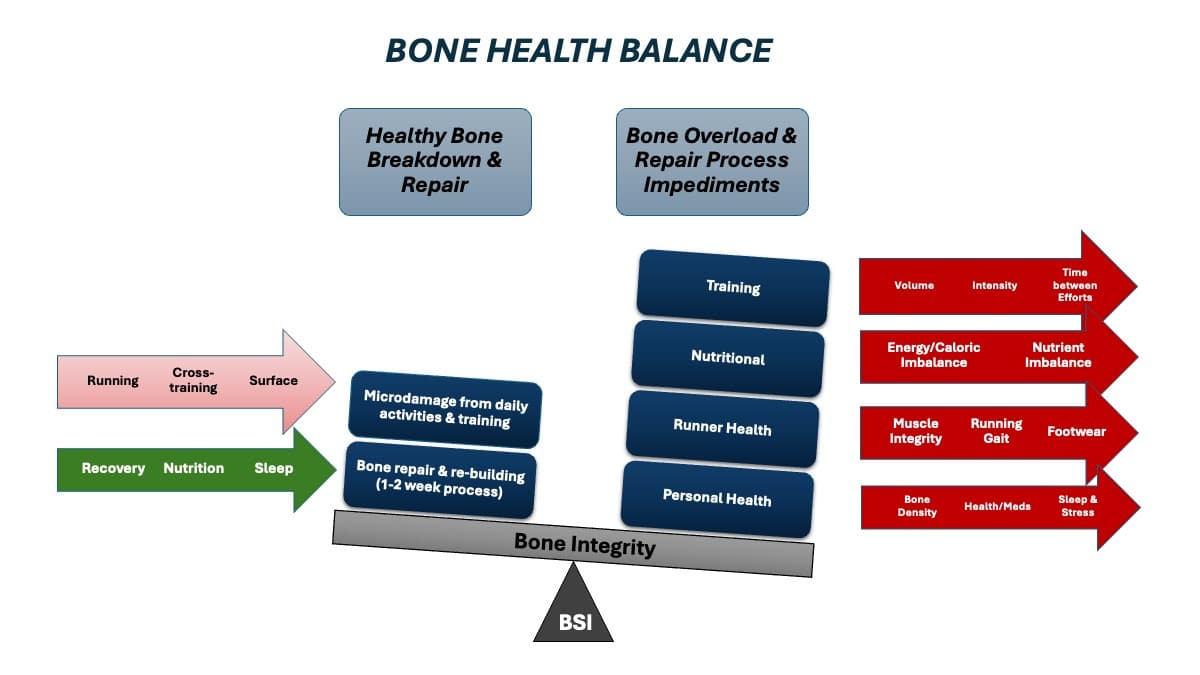
While treatment of a BSI is often centered around bone re-growth, physical therapy, and return to sport, identification of all the factors that led to injury is vital to the long-term health of the athlete. The athlete may need to reach out to a coach, sports nutritionist, and primary care physician to access opportunities for improvement and need for change. In addition to the sudden change in training, addressing underlying causes that led to injury can be stressful and overwhelming. The mental, emotional, financial, and time required to fully address and heal from a BSI are not insignificant.
Bone Injury Impact to Overall Health
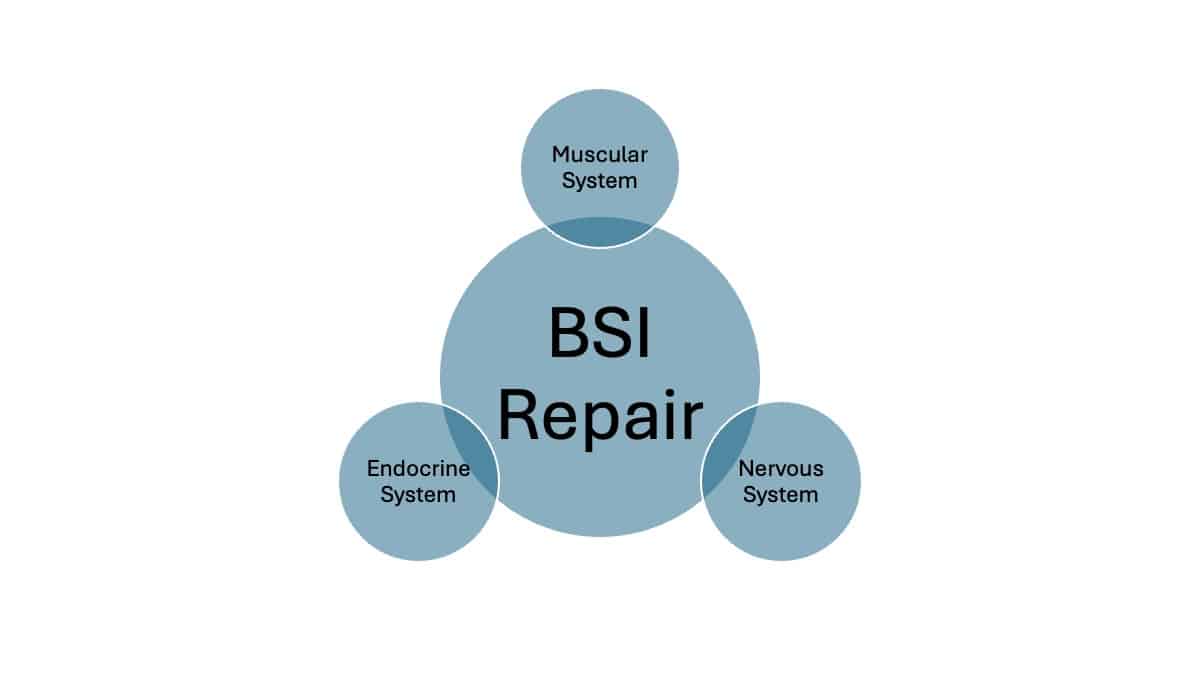
Bone injury and repair are not isolated to only the bone affected. The body utilizes muscular, nervous, and endocrine systems to aid in the repair process. The impact of these systems on the athlete is not to be overlooked. Bone repair is a whole-body process and can leave an athlete confused when changes in appetite, muscle strength, sleep patterns, and mood occur. The stress of injury for an athlete, the loss of a coping mechanism, the external stresses of finances, impacts to lifestyle outside of running, medical appointments, and return to sport is not linear and can leave an athlete frustrated and exhausted unless adequate support from friends, family, and medical team are in place.
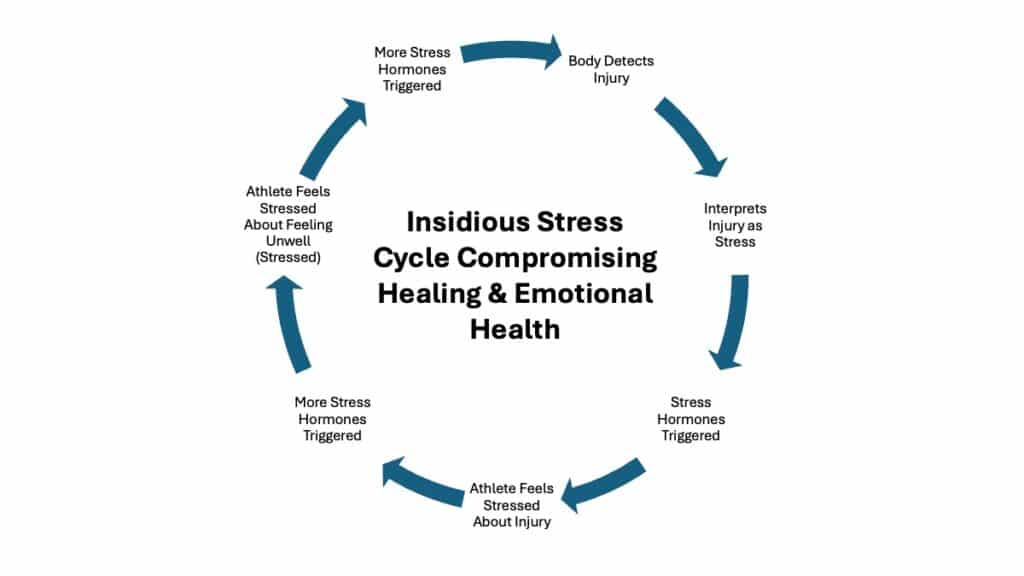
Bone injuries can trigger a cycle of stress response for an athlete. What initially begins as the body’s response to the stress of the injury itself can spiral into compounding stress as the athlete begins to deal with the life stress brought on by the injury. Fear of pain or re-injury may prolong recovery and “promote chronic, stress-related musculoskeletal conditions.2” The hormones released when the body is under stress have far reaching impacts to all other body systems and can mimic symptoms of overtraining, increase anxiety, feelings of depression, and disrupt sleep. The systems impacted by stress are also the same systems recruited in healing a bone injury. For example, the muscles surrounding a bone injury often tense to brace the damaged bone. The body’s response to stress may also include muscle tension in various parts of the body. For grade 1 & 2 bone stress reactions, an increase in stress may be short-lived and manageable as the healing process may be uncomplicated and generally short. For athlete’s with more complicated BSIs and longer healing times, the compounding effects of stress can be harder to separate from the injury itself and can set up a pattern of hormone triggered responses leading to chronic stress.
Outlook
Fortunately, most BSIs will heal without issue and can be an opportunity of reflection for an athlete to adjust training, lifestyle, and/or nutrition to better support their running goals. While frustrating, a runner may be back to training in as little as 2 – 8 weeks. For others, the road and return to sport may be more challenging. Learning to be patient with the process and acknowledging the full physical and mental impact of a BSI on running and on an athlete’s life can be difficult for the athlete. In longer to heal or complex reactions and fractures, treating only the bone just scratches the surface to restoring an athlete to full physical, mental, & emotional health. With the right support, an athlete can emerge stronger than before with a solid foundation for wherever the path leads next.
1 Tenforde AS, Kraus E, Fredericson M. Bone Stress Injuries in Runners. Phys Med Rehabil Clin N Am. 2016 Feb;27(1):139-49. doi: 10.1016/j.pmr.2015.08.008. PMID: 26616181.
2 American Psychological Association. (2023, March 8). Stress effects on the body.https://www.apa.org/topics/stress/body
About the Author

As a dedicated long distance runner since high school, Christina Mather continues to enjoy running both roads and trails and challenging herself at distances from 10K to the marathon and 50K. Christina is also a certified V.O2 Distance & USATF Level 1 Running Coach. In addition to running, she loves spending time with and supporting her husband and 3 kids’ activities and interests.
Share This Article!


